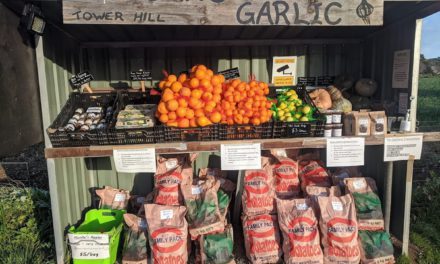The heat is set to come out of Australia’s “on-fire” agricultural land market – with increased property availability and decreasing farm operating profits forecast to slow price growth in the coming 18 months – according to a newly-released industry report.
In its annual Australian Agricultural Land Price Outlook, titled More Smoke, Less Fire, the agribusiness banking specialist says after a run of many years of strong increases, agricultural land price growth is set to slow in the next 18 months, especially in the eastern states, as the effects of drought impact the market.
Agricultural land prices in Australia have been “on fire”, the report says, increasing by a compound annual growth rate of seven per cent over the past five years, with growth especially accelerating over the past two years.
This was largely driven by a string of favourable seasons, which elevated farm business operating profits to 20-year highs across many regions and commodities.
However, the past 12 months have seen a divergence in the primary drivers of ag land prices across the nation, according to report author, Rabobank agricultural analyst Wes Lefroy, with a distinct difference emerging between the drought-affected eastern states and the west and south of the country, which have experienced better rainfall.
“While ongoing strong demand for agricultural land has continued to accelerate price growth in Western and South Australia, in the drought-affected eastern states, a shortage of properties on the market has primarily been supporting price growth,” he said.
“Many would-be sellers in these areas have chosen to hold on to land until conditions improve and this has effectively created a ‘liquidity squeeze’ in the agricultural land market in those regions.”
This run of many years of strongly rising land prices will likely come to an end on the east coast, however, Mr Lefroy says, as some potential vendors start to lose patience with riding out the drought and the number of properties on the market increase.
“This will leave the market exposed to the underlying reduced demand for property, particularly where the run of profitability is now coming to an end in many regions due to drought,” he said.
That said, across the board, a fall in agricultural land prices is considered unlikely, the report says, with farmers’ balance sheets remaining generally strong across most sectors and regions, and with support from a number of macro-economic factors.
These include a low and falling cost of funds, a weak and falling currency and a favourable price outlook for most commodities.








